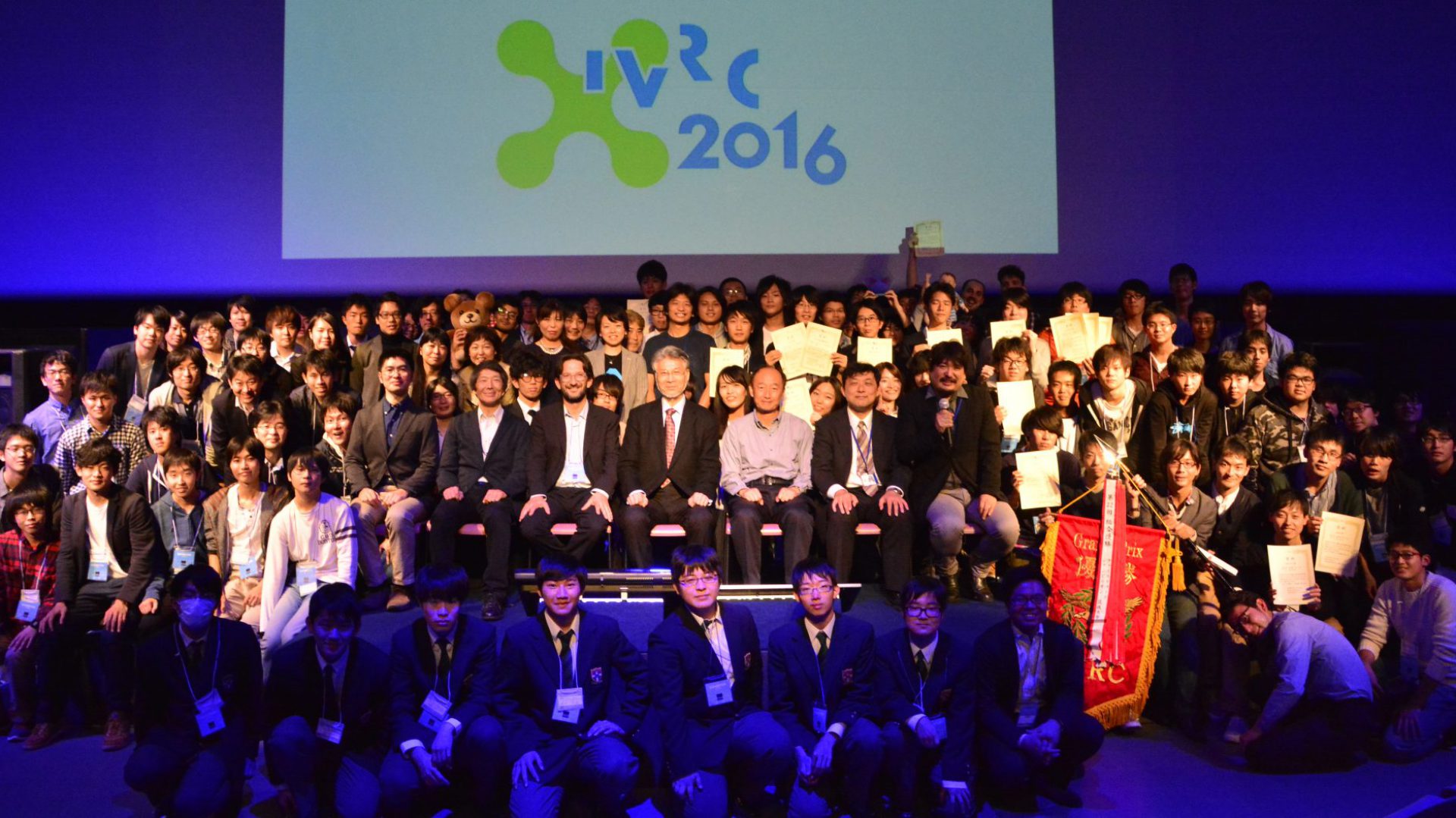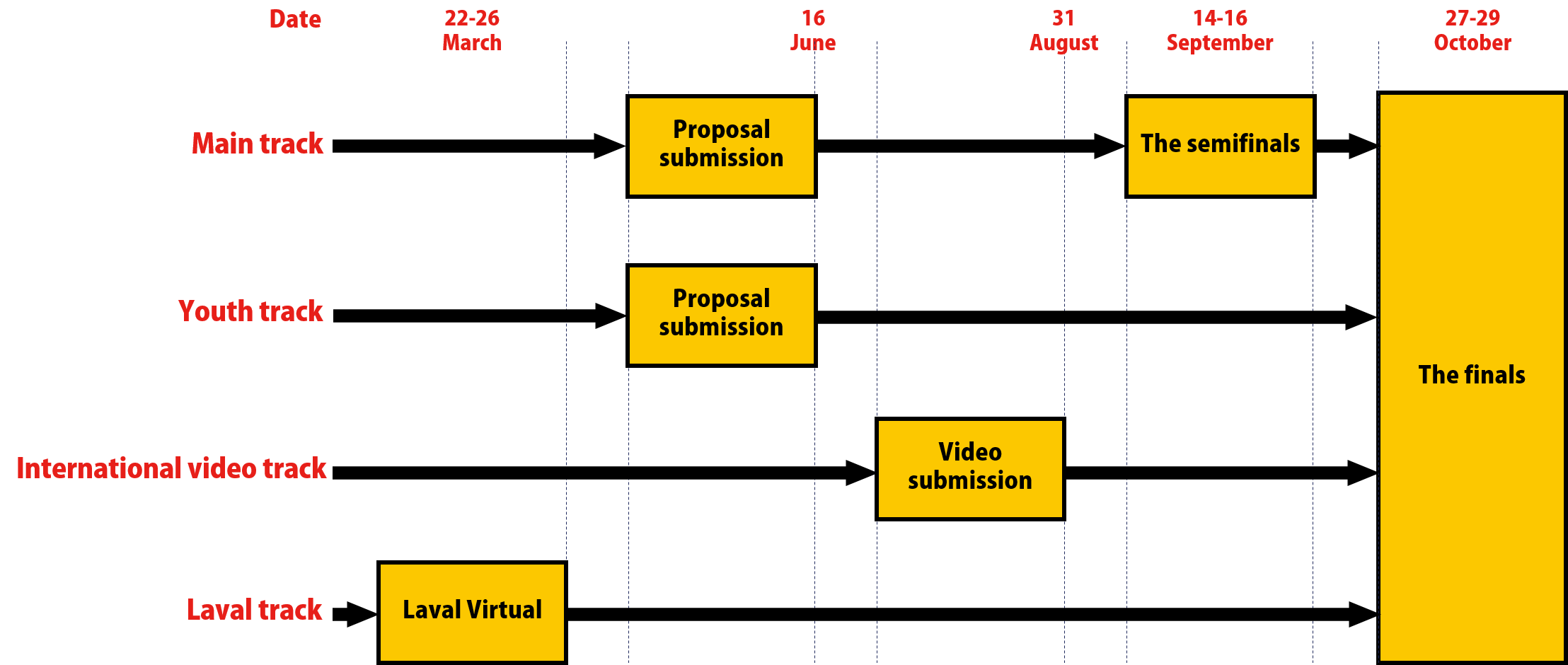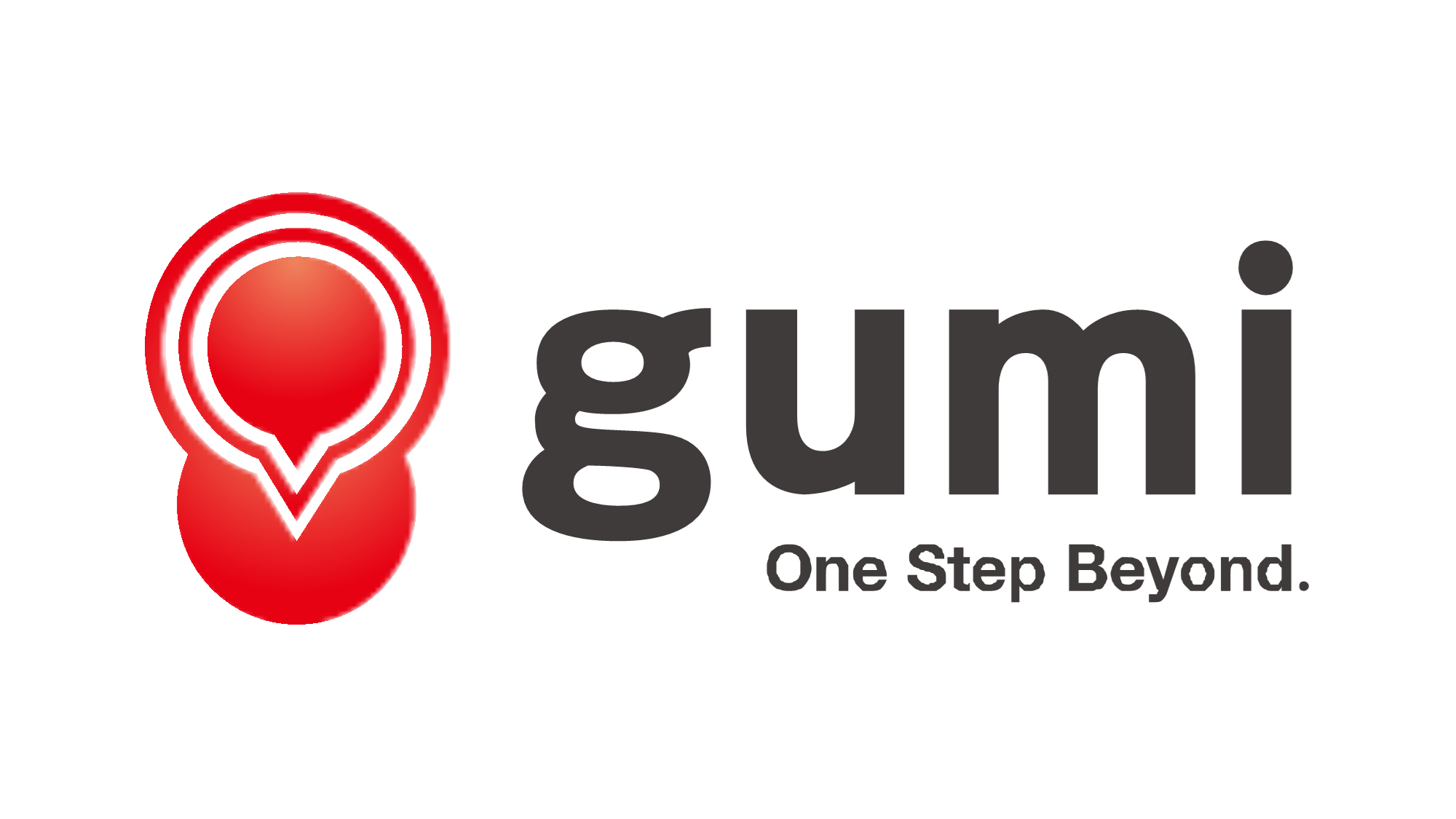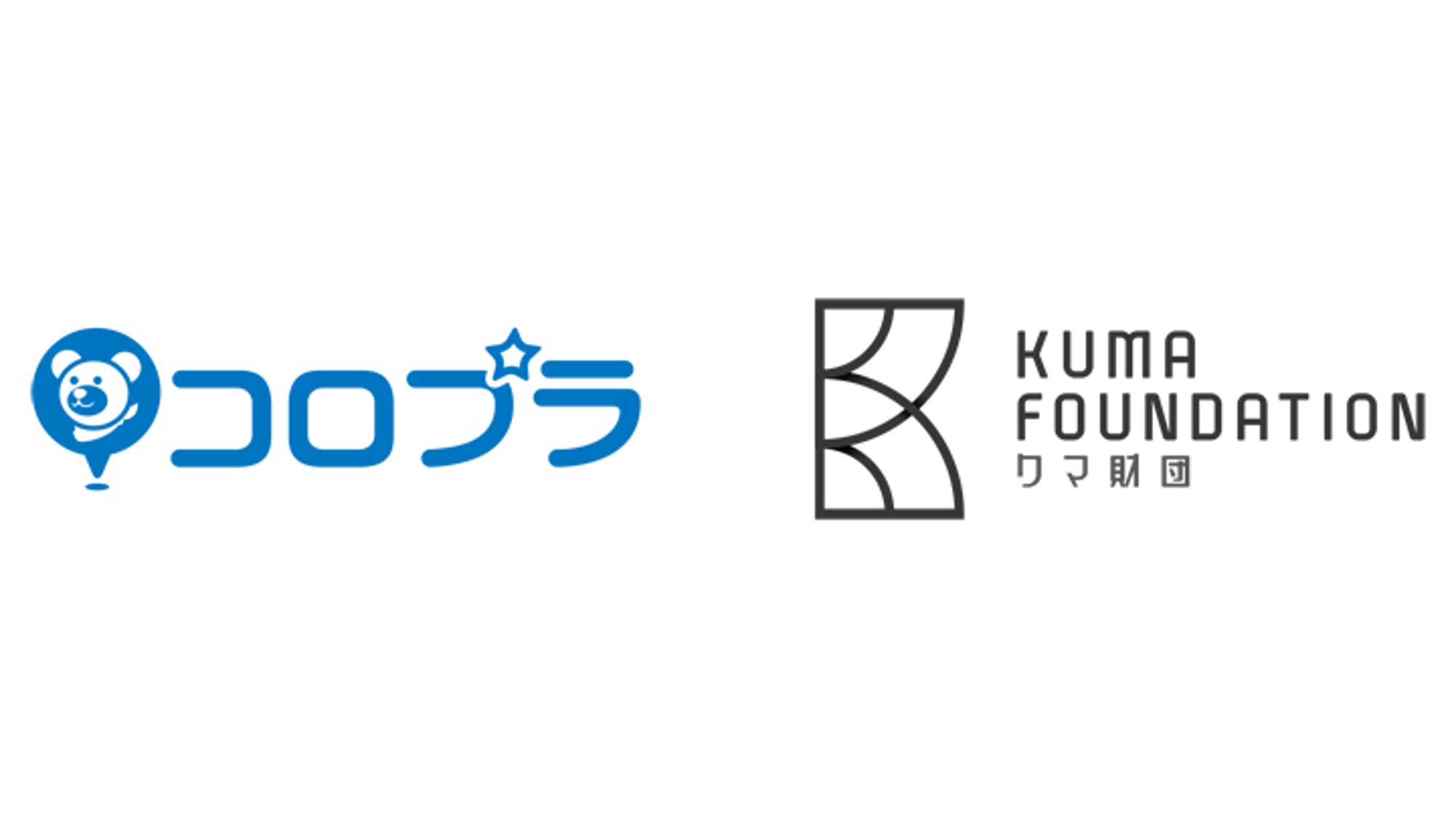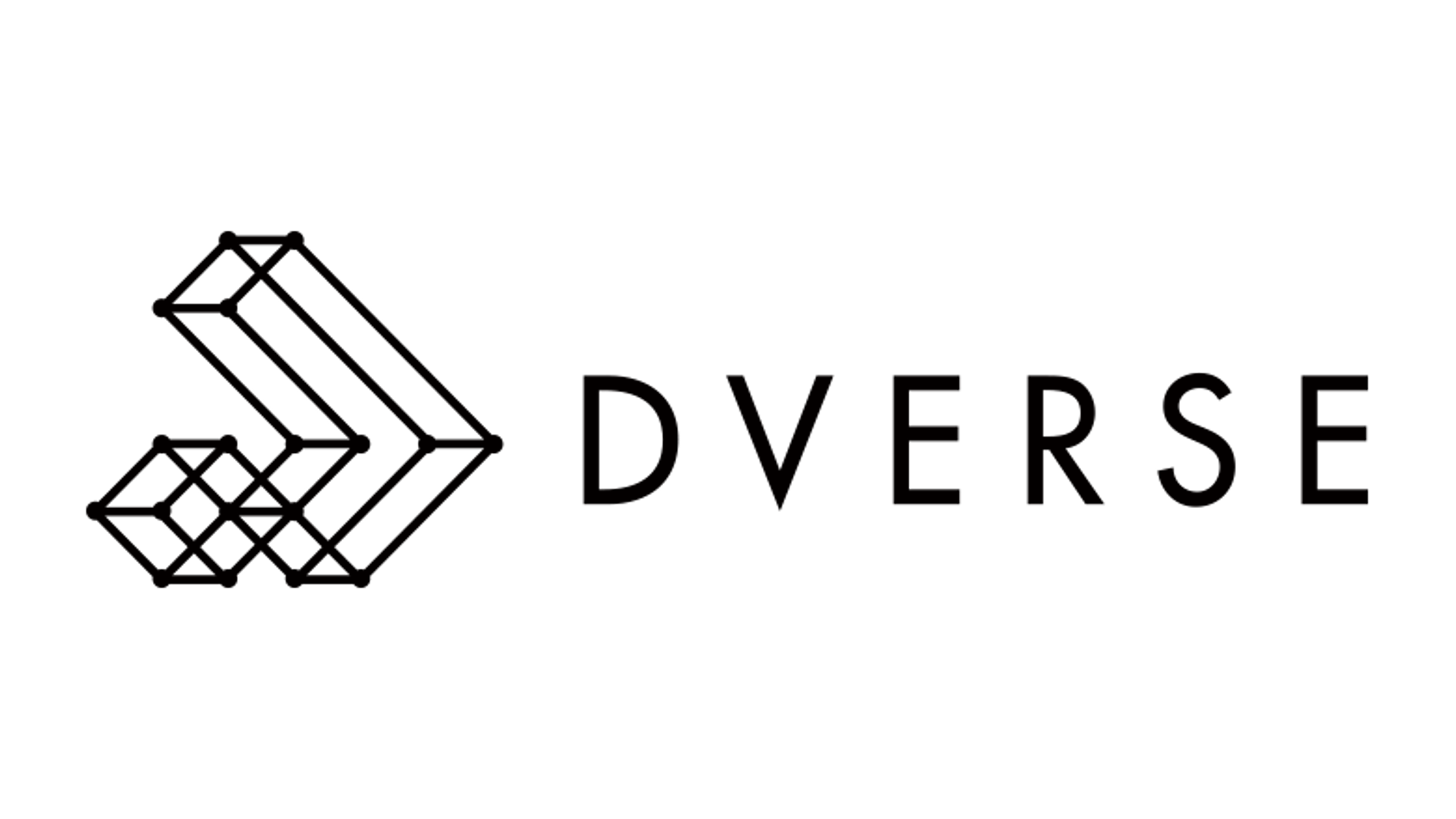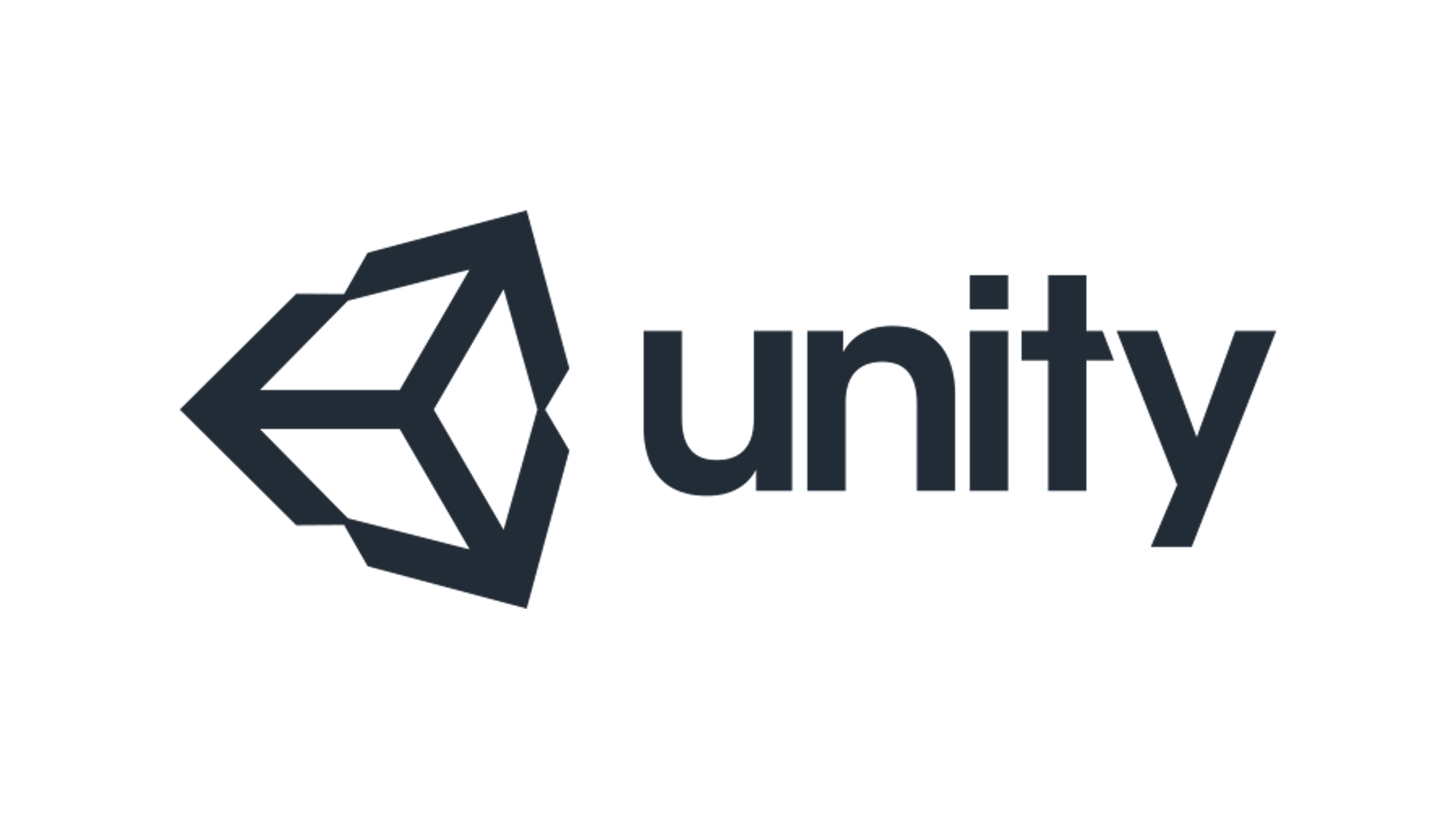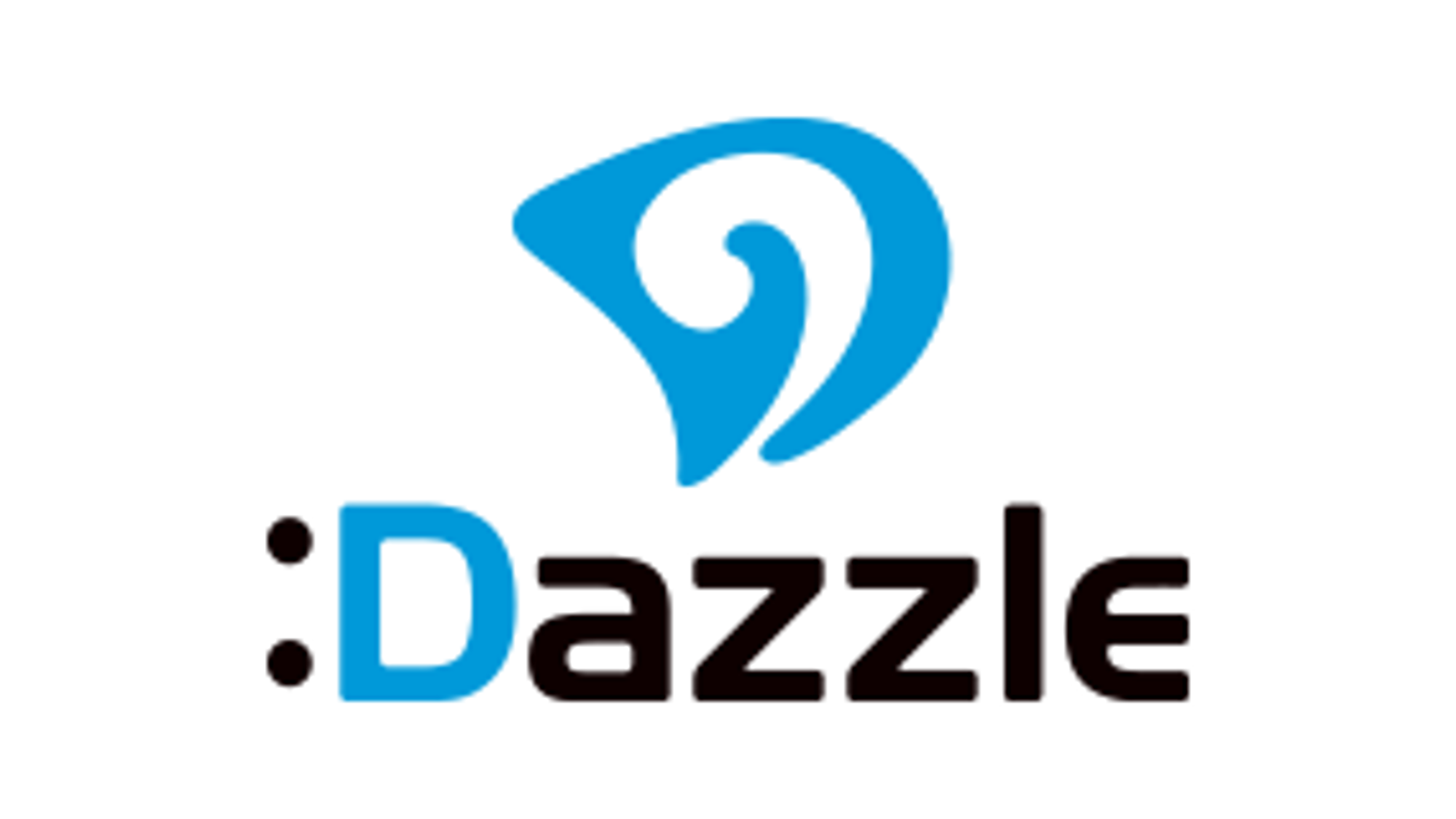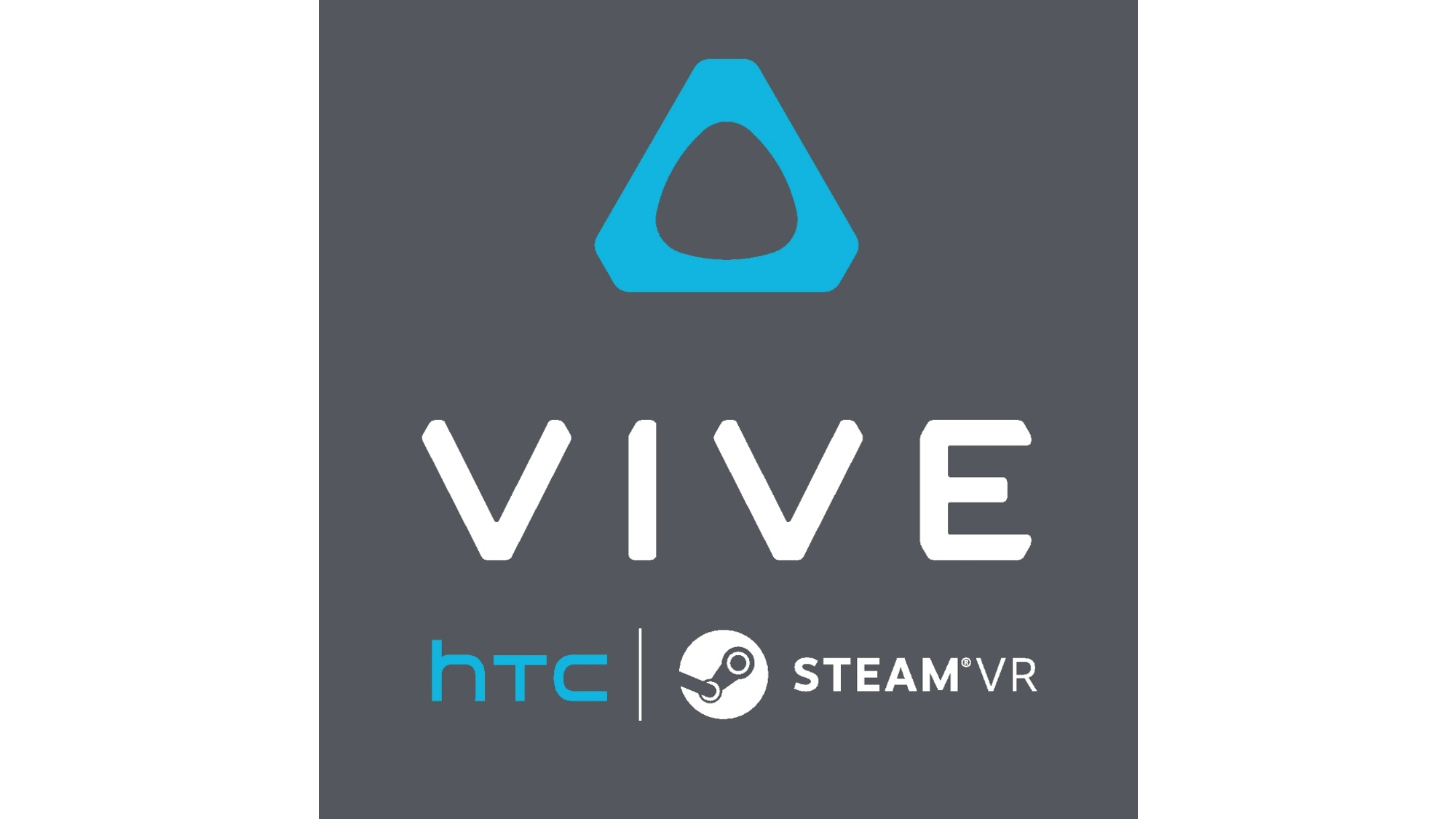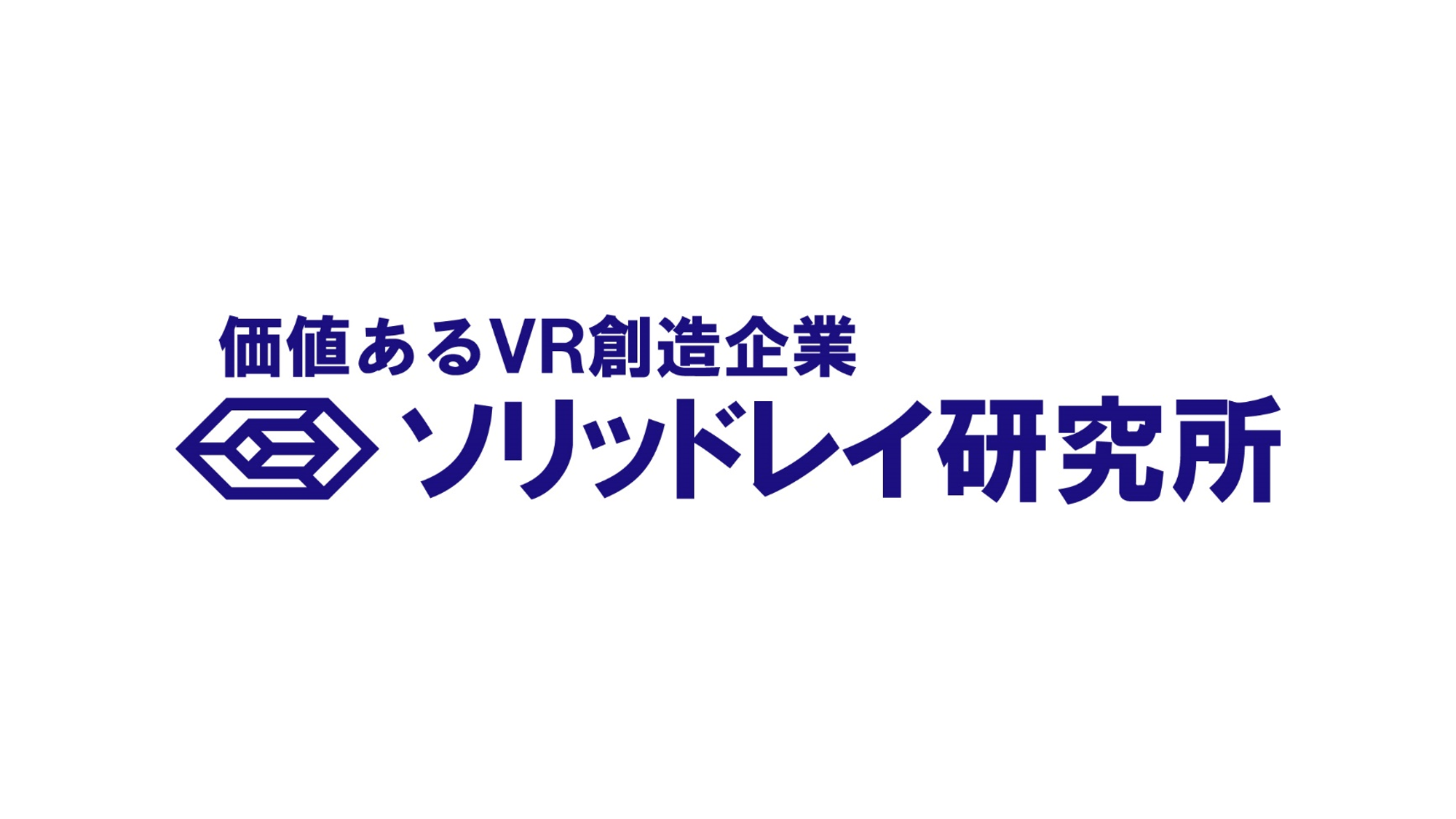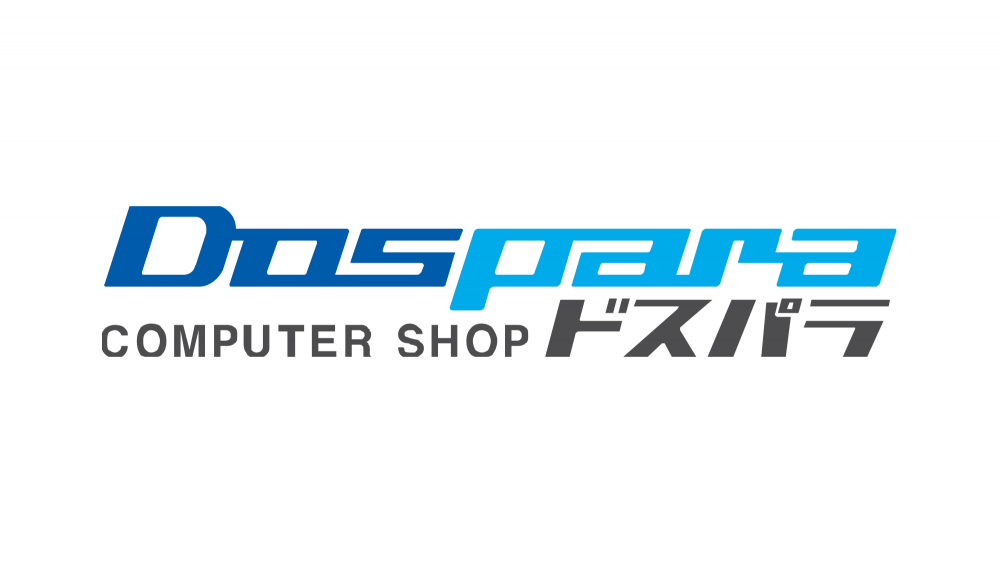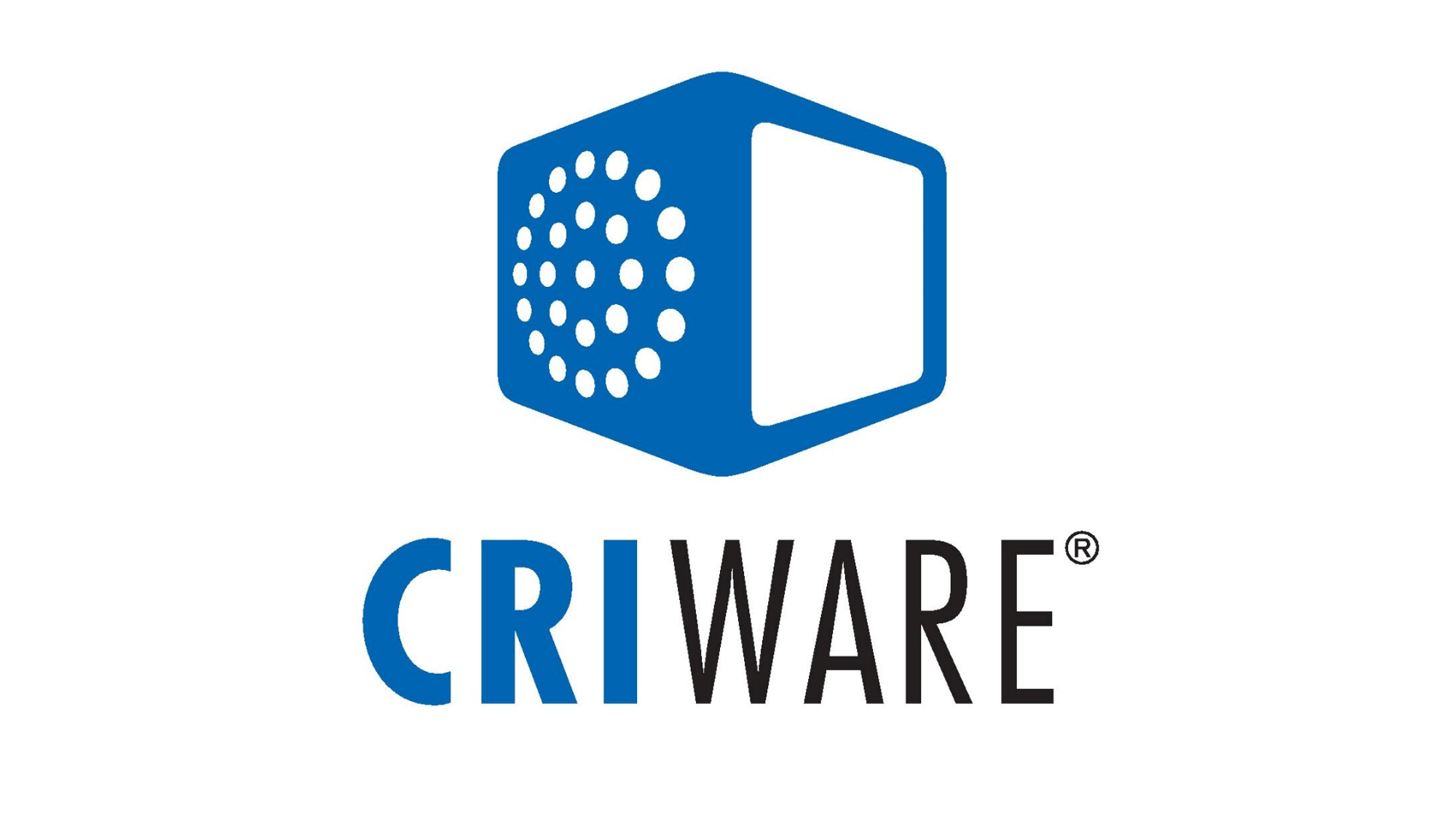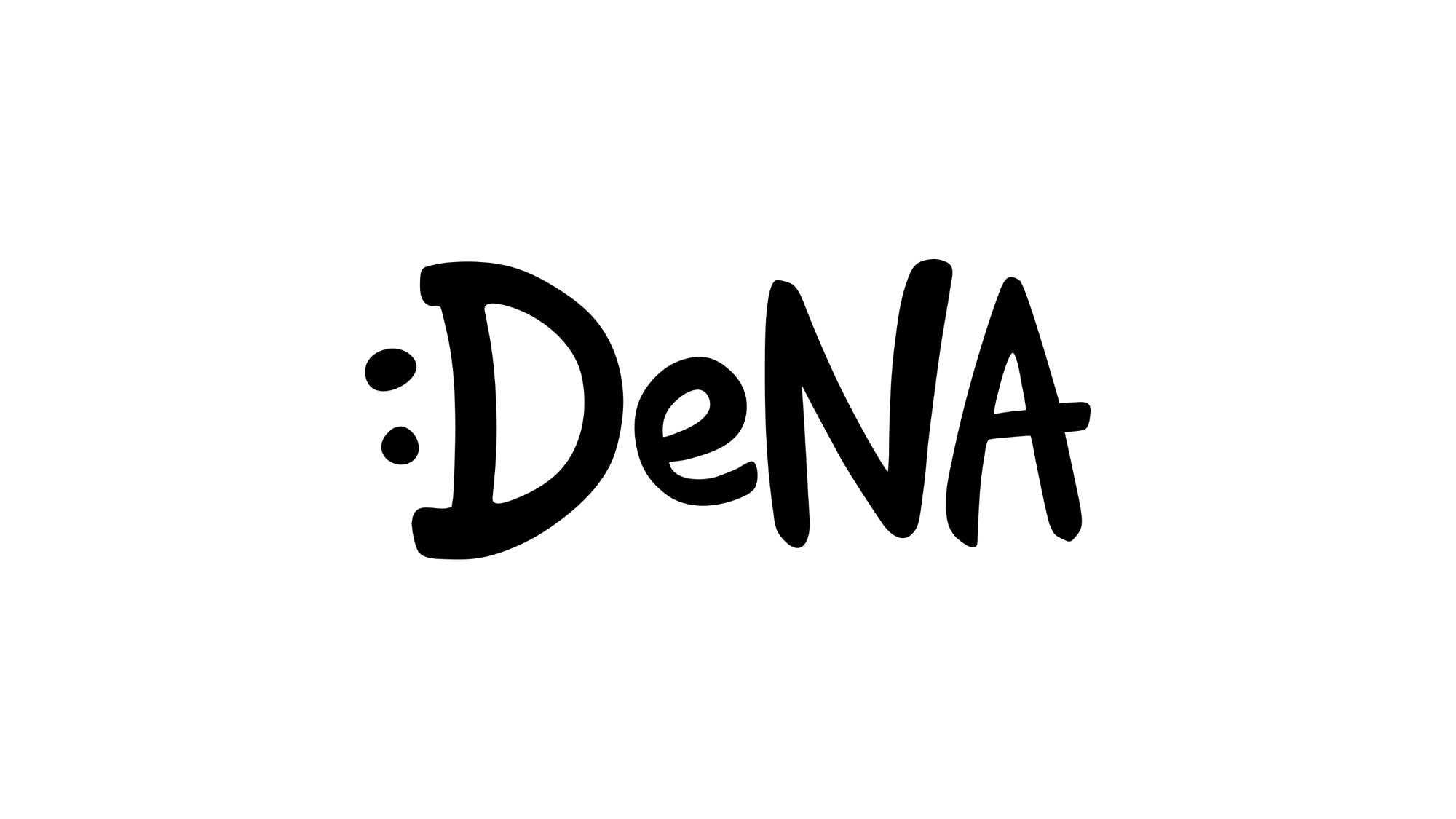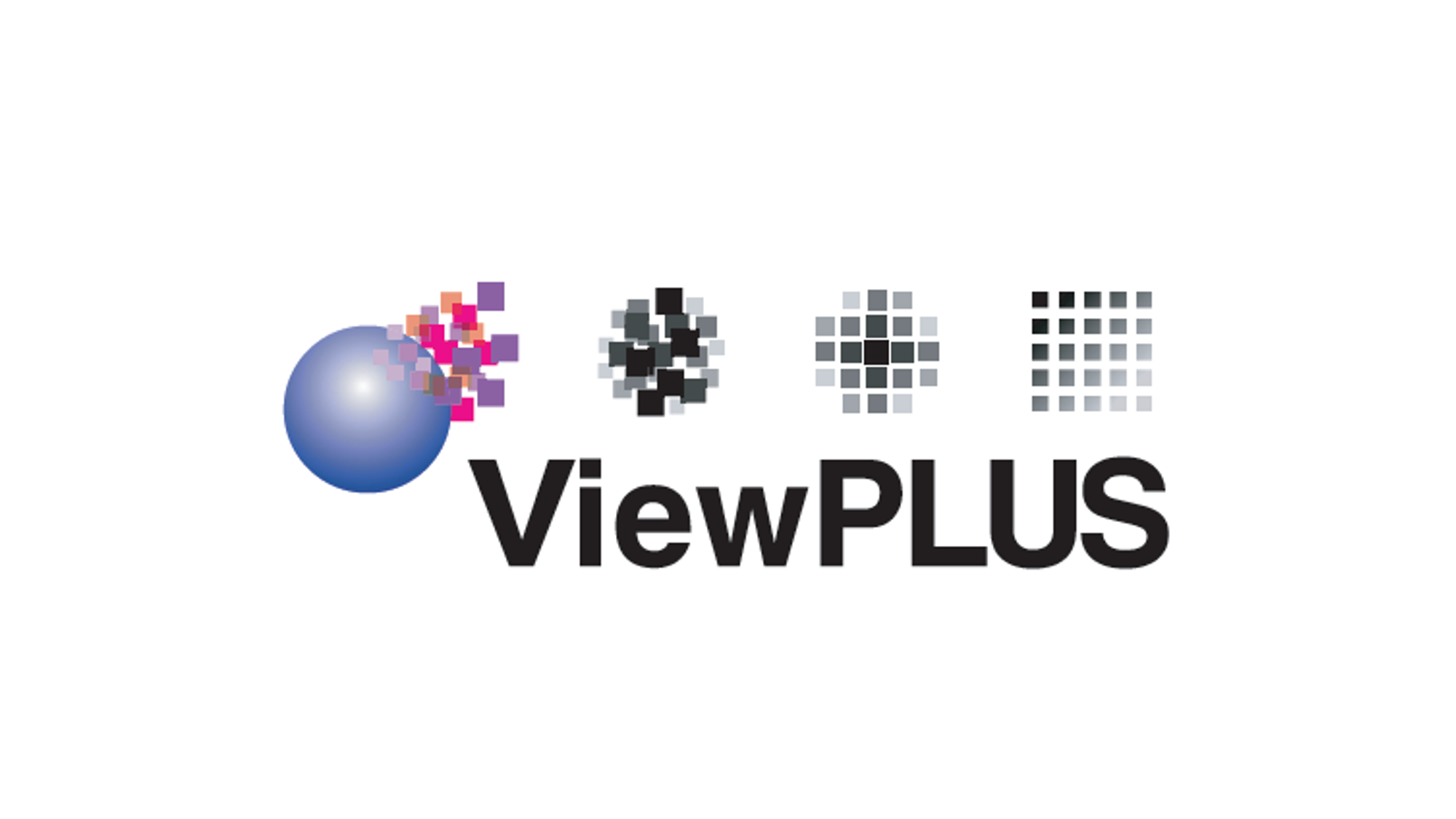New
- July, 25, 2017 Video submission site is now open
About the IVRC
The International collegiate Virtual Reality Contest (IVRC) is a contest that assesses the innovation, technical challenges, and impact of interactive products designed and created by students. The contest has been held annually since 1993 and has produced many unique, approachable products that have expanded existing concepts of virtual reality (VR).
While collaborating with staff consisting primarily of leading researchers, participating teams design completely new interactive products and VR systems and then actually manufacture the devices and assemble content over the course of approximately half a year. The completed products are judged through hands-on exhibitions, and particular products are chosen for awards.
Aims of the contest
- To cultivate students of outstanding talent able to mobilize their own ideas, learning, and skills
- To spread and raise awareness of virtual reality
- To foster a virtual reality community linking regions, enterprises, and academic fields
Concepts such as “virtual reality” and “robots” conjure up images of special, expensive machines being used to implement ideas, but in fact there are many notions that can be expressed with handmade devices. The aim of this contest is for participants to deepen their understanding of interactive technology and to feel closer to and more familiar with it by designing interactive systems, creating devices by hand, and constructing content to a fine level of detail.
The IVRC is formulated as a contest, but it is also an attempt at creating a 21st-century education system for cultivating students of exceptional talent able to “mobilize their own ideas, learning, and skills,” through the union of government, business, and academia. The results have been well-regarded internationally, receiving praise at SIGGRAPH and Ars Electronica, the global pinnacles of VR technology exhibitions and VR artwork exhibitions, respectively.
In 2012 a “Youth Category,” aimed at generations younger than the target of the General Category, was also established in order to broaden the horizons of future VR system researchers.
An international collegiate contest
One special feature of the IVRC is that it is an international contest, not one limited to Japan. The contest has close ties with Laval Virtual in France, which is the biggest VR event in Europe: Since 2003, both the IVRC and Laval Virtual have invited outstanding products from each other’s student contests to participate in their own. At the IVRC finals held each year in October through December, judges from Laval Virtual grant a “Laval Virtual Award”—separate from the IVRC awards—to a product, which is then invited to the following year’s Laval Virtual event. IVRC judges also grant an “IVRC Award” to one of the student projects featured in Laval Virtual of March or April that year, and the winner is invited to IVRC later in the same year. Each of the guest products are also judged in the competitions to which they have been invited, in a mutually enriching relationship: Laval Virtual products have finished as runners-up in the IVRC, and IVRC products have received artistic awards at Laval Virtual.
An international agreement with the Entertainment Technology Center (ETC) at Carnegie Mellon University (CMU) was established in 2010, by which projects selected from within CMU are invited to participate in the IVRC finals; the contest facilitates interaction between students from Japan, France, and the United States.
The connection with Laval Virtual in particular spans over more than a decade. The history of this exchange is given in the video “The History of Franco–Japanese Exchange with the IVRC.”
The “IVRC International Video Category” was established in 2014 with the aim of even further internationalization. Outstanding products from the International Video Category are planned to be exhibited at the final contest, held in Odaiba, Tokyo.
Here are some introductory video clips and slides:
- YouTube Channel
https://www.youtube.com/user/IVRCofficial - IVRC Birds of a Feather Meeting @SIGGRAPH 2017
[slideshare] - IVRC2016 Annual Report (in Japanese)
https://youtu.be/XAAcvAD_r2w - 10th Anniversary video between IVRC and Laval Virtual
https://youtu.be/kIGCI1N-OVk - IVRC History Archive (in Japanese)
http://ivrc.net/archive/
Categories
General Student Category
This category is open to all students. Products are judged on the basis of submitted documents and on public exhibitions at the preliminary and final contests, and the winning product is granted support in making a submission to an international symposium, including travel expenses.
Youth Category
This category is open to students who have not yet completed their second year of university, fifth year of technical junior college, second year of vocational school, or equivalent. Products are judged on the basis of submitted documents and on public exhibitions, and awards are granted accordingly. Participating teams are also offered VR technology study sessions and tours of research labs.
International Video Category
This category is open to high school, university, and graduate students abroad. Products are judged on the basis of demo videos and on public exhibitions, and awards are granted accordingly.
Laval Track
An awarded project in Laval Virtual will be invited for the final stage.
Schedule
Screening of documents (General Student Category, Youth Category)
Application deadline: 17:00, 16, June, 2017 Notification of results: Beginning of July
Semifinals (General Student Category)
Place:Empower Studio, Tsukuba University Setup: 13, September (the schedule has been changed : updated on 15th, May, 2017.) Exhibition:14-16, September (tentative) JAPAN VR EXPO 2017
Finals (General Student Category, Youth Category, International Video Category, Laval Virtual guest products)
Place: National Museum of Emerging Science and Innovation (Miraikan) Venue: Miraikan, 2-3-6 Aomi, Koto-ku, Tokyo 135-0064, JAPAN Setup: 27, October (tentative) Exhibition: 28-29, October (tentative) DIGITAL CONTENTS EXPO 2017
Advance briefing sessions
IVRC will be holding advance briefing sessions aimed at prospective applicants in the Kantō, Kinki, Chūbu, and Tōhoku regions. Attendance is encouraged for those who have not previously participated in IVRC and for those who may have any questions or concerns.
Information for Challengers
Application for International Video Submission (deadline: Aug. 31)
Your proposal will be reviewed based on the submitted video. If your project is accepted, we will offer you a live demonstration space in the final competition held with Digital Contents Expo 2017 in Tokyo. We are eagerly waiting for your innovation and passion!
Important Dates
Submission site open: July 25, 2017
Final submission deadline: August 31, 2017(*)
Final notification of acceptance: September 16, 2017
Installation: October 27, 2017
Competition: October 28-29, 2017
(*) This year, the jury committee will judge the submissions on a first-come-first-judge basis. Early submitter will have a chance to get acceptance before the final notification date.
Regulations
Work
- Must be interactive
- People must be able to experience and interact
- Experience must fit in a 1.8m(W) x 1.8m(D) x 2.0m(H) booth
- New interactive experience – never previously done
- Use of wireless network is ok
- No use of fire, gas or anything dangerous
- No infringement on copyright (images, music, etc.)
Team member
- Open to high school, undergraduate and graduate students of university
- No age limit
- More than half of team members live outside Japan
Exhibition
- Must be exhibited at the final competition in Tokyo on October 28-29, 2017.
- If it is difficult to show your work in Japan, you should withdraw it as soon as possible.
How to submit?
The proposal must be submitted electrically via the IVRC website.
For submission, you need to give us the following information:
- General information
- Title of your work
- Team name, members, affiliations, and contact address
- Executive summary (50 words or less)
- Keywords
- Detailed description of your work
- Aim of project (maximum 400 words)
- Innovation and presentation (maximum 400 words)
- How it works? (maximum 400 words)
- A representative video (maximum 5 minutes, 200MB)
- Additional material (optional)
- Required information for exhibition
- Floor plan
- Logistics plan
- One image for print publication (300dpi, 1500×1200) (required after acceptance)
Evaluation
All submissions to the competition will be reviewed by the jury committee, which consists of academic and industrial professionals of engineering and art, according to the following criteria:
- Innovation:
The product has not been created previously by the applicant or by others. In cases wherein similar research or products do exist, the product makes appropriate citations and makes clear its differences. - Technical challenges:
The goals that should be attained in order to actually create the product are made clear. The team has proposed innovative ideas about how to attain these goals. The team has made concrete proposals on how to achieve this approach. - Impact of the product:
The team has provided clear details of what audiences may experience in demonstrations. These experiences have definite appeal to audiences. These experiences will fascinate experts on an international stage as well as being enjoyable for a broad range of general audiences including families. - Safety and logistics for abroad:
The project must be suitable for oversea exhibition.
Unfortunately we are able to accept only a limited number of works. After the reviewing process, we will send a notification of acceptance or rejection by e-mail.
This year, the jury committee will judge the submissions on a first-come-first-judged basis. Early submitter will have a chance to get acceptance before the final notification date.
Exhibition and Final Competition
The presentation style in IVRC final competition is an interactive demonstration. The final competition will be held in conjunction with Digital Contents Expo 2017 (DCEXPO2017). Last year this event had about 50000 attendees in three days. Several winners of the IVRC semi-final in Japan will participate in the final competition.
You are responsible for ensuring that your demonstration is operated during all opening hours of the final competition. Presenters are expected to cover their own travel and shipping costs. IVRC may be able to provide some student volunteer support for your exhibition in Japan.
Date
October 28(Sat)-29(Sun), 2017
Awards
Overall Winner: Awarded to the single best product among the products exhibited at the finals.
You can find detail information here.
Application Criteria for General Student Category
Plan submissions
IVRC is looking for outstanding interactive products that offer new experiences. We welcome products that offer enjoyable experiences to everyone, that offer new discoveries, and that also garner recognition from experts. IVRC is a unique contest in that an accomplished management staff, composed predominantly of leading virtual reality researchers, works with participating teams for nearly half a year, from the design stage to the end of production.
Please start by drawing up designs full of new ideas, and then try making an “interactive product.” We will be waiting for your fantastic designs!
How to apply
Applications are handled via a special web form. Please enter the required details and upload the required documents during the application period.
Conditions for application
Criteria for products: The product design must be proposed by a group composed predominantly of students. The product itself must make use of “interactive technology, and particularly virtual reality”; it must be unreleased; and it must be suitable for exhibition.
Exhibition space: 1.8 m (width) × 1.8 m (depth) × 2.0 m (height)
Products should be exhibited within this exhibition space at the preliminaries and finals.
Applicants: Applicants must be teams consisting mainly of students possessing the eagerness and ability to produce “virtual reality / interactive products.” Anyone who is a student may participate in the General Student Category.
Application period
Deadline: Friday, June 16, 5:00 pm
Please make your submission in good time and in strict observance of the deadline. The IVRC will not accept submissions uploaded after the deadline.
Situations such as the following arise each year. Please take care to make your submission in good time.
- Close to the deadline, many applications are made simultaneously, and it takes longer to upload submissions.
- Issues encountered by applicants such as poor connections can lead to failed uploads.
- Submissions made in haste may lead to incorrect file uploads. (The IVRC will not accept file replacements after the deadline.)
Items required for application
- Design outline (A4, PDF, 1 page)
- Design document (A4, PDF, up to 9 pages)
Please ensure that you convert your design into PDF format when making a submission.
We recommend that you first create the design document and then create the design outline by simplifying and condensing the document.
In order to avoid any bias during the screening process, we ask that you please ensure that there is no information included in the design document, including the cover sheet, that may indicate the identity of its author(s). Such information includes team names, names of affiliated organizations, given names, email addresses, photographs of team members, and so on. Since 2012, we have completely removed team names from design documents and outlines, so please do take particular care.
- Participation application and consent forms
Please scan and upload an image of the consent form after having marked the form with your signature or seal.
Please submit participation application and consent forms for all of the team members. If there is insufficient space on the participation application form for entering the names of all of the members, please submit multiple files.
Please either bring the original forms to the venue for the presentation judging or preliminary contest, or send the forms via postal mail to our office before the preliminary contest.
- Proof of submission fee payment
The submission fee is 1,000 yen per design.
After paying the submission fee, please scan and upload an image of some item that can serve as proof your payment (e.g. payment receipt or details slip from an ATM).
Regardless of the circumstances, the submission fee cannot be refunded. Please make the payment only after due consideration.
- Contact details of representative member
Please ensure that your representative can be contacted via phone and email.
Screening of documents
If we receive more than 20 design submissions, there will be a screening of documents with the aim of selecting about 30 teams. The screening will be conducted online based on the design outlines and documents submitted. Focusing on the innovation, the technical challenges, and the impact of the products, product designs will be judged on whether they are appropriately polished and whether they should be implemented.
Screening criteria
Innovation: The product has not been created previously by the applicant or by others. In cases wherein similar research or products do exist, the product makes appropriate citations and makes clear its differences.
Technical challenges: The goals that should be attained in order to actually create the product are made clear. The team has proposed innovative ideas about how to attain these goals. The team has made concrete proposals on how to achieve this approach.
Impact of the product: The team has provided clear details of what audiences may experience in demonstrations. These experiences have definite appeal to audiences. These experiences will fascinate experts on an international stage as well as being enjoyable for a broad range of general audiences including families.
Judging of prototypes
Teams that pass the presentation judging will conduct oral presentations and demo exhibitions using the actual products they have created. The judges will interact with the exhibition products and determine as a panel which products will advance to the finals. Additionally, the team that acquires the most votes from symposium participants in a popularity poll will receive the “VR Audience Award.”
Finals
The finals will be held at the same time as the Digital Content Expo 2017. Teams that pass the preliminary contest will have about one month to fine-tune their products, which they will then exhibit in their completed forms as demonstrations at the National Museum of Emerging Science and Innovation (Miraikan) in Odaiba, Tokyo. Alongside the teams that passed the preliminaries, guest teams that were successful in the Laval Virtual Student Contest in France and teams from the International Video Category will also be competing for the place of Overall Winner in the final contest. Products in the “Youth Category,” by high school students, will also be exhibited.
At the finals, too, the judges will interact with the exhibited products and make determinations as a panel on the Overall Winner and the various other awards. In addition to experts and industry agents, there will be large numbers of general visitors who have great interest in cutting-edge science. The “Miraikan Award” will be granted to the team receiving the most votes in a popularity poll of the general visitors to the venue. There is therefore demand not only for academic, artistic, and technical elements of each product, but also for its ability to appeal to general visitors.
Awards
Overall Winner: Awarded to the single best product among the products exhibited at the finals.
The IVRC provides the Overall Winner product with funding and support for exhibition at SIGGRAPH, the world’s leading festival for computer graphics (CG) and interactive technology, held in the United States.
Supplementary prize of 200,000 yen
Laval Virtual Award: Since the 2003 Contest, the IVRC has actively cooperated with Laval Virtual, Europe’s largest virtual reality event. Products that win the Laval Virtual Award at the IVRC are invited to exhibit at Laval Virtual, and products that win the IVRC Award in the Laval Virtual student contest are invited to compete in the IVRC.
Details of all awards:
Overall Winner, GrandPrix Supplementary prize: 200,000 yen
Virtual Reality Society of Japan Award Supplementary prize: 50,000 yen
Kawakami Special Memorial Award Supplementary prize: 30,000 yen
Judge’s Special Award Supplementary prize: 10,000 yen
Laval Virtual Award Supplementary prize: Laval Virtual invitation + trophy
Miraikan Visitor Award Supplementary prize: 10,000 yen (chosen from all exhibited products via votes cast by visitors)
Sponsoring Company Award(s)
Application Guidelines for Youth Category
How to apply
Applications are handled via a special web form. Please enter the required details and upload the required documents during the application period. Please see here for details regarding items for submission.
Target applicants
Individuals or teams composed of members who are students who have not yet completed their second year of university, fifth year of technical junior college, second year of vocational school, or equivalent, on the date of April 1, 2017.
Please contact us at ivrcinfo[at]ivrc.net if it is unclear whether you are eligible for application.
Exhibition format
Hands-on demonstrations
Judging methods
Screening of submitted documents followed by demo exhibitions
Support
Device Art toolkits will be loaned to teams.
A grant to help with production will be provided to teams that pass the preliminary.
Assistance with travel and accommodation expenses will be considered during screening of documents.
Awards
Gold: 30,000 yen
Silver: Certificate
Bronze: Certificate
Notes
Teams that apply to participate agree to the following conditions:
- Participants are responsible for making efforts in the design and production of the product and related work for the duration of the IVRC.
- The participating group or individual (herein, “participant”) accepts complete responsibility for any copyright issues involving the submitted design or product (herein, “submitted product”). Please take care to ensure that there are no copyright issues with any text, music, images, or software used. Any risk of the submitted product infringing the copyright of other groups or individuals will result in disqualification. If necessary, please specify copyright for the submitted product.
- The copyright for each submitted product belongs to the participant.
- Any still images or videos captured during the contest may be used in IVRC promotional activities without notification of the participant. However, if a request is made by the participant, wishes regarding portrait rights will be respected.
- If the participant has borrowed documentation and/or equipment from laboratories or enterprises working on the product, the maintenance and usage of this documentation and/or equipment is the responsibility of the participant. The contest cannot offer compensation for any incidents that occur during such loans.
- The participant and IVRC Executive Committee members will work together in earnest on demo exhibition activities outside of the contest and promotional activities for the contest.
- Please take great care to ensure that no harm is caused to the facilities of or visitors to the venue.
- Please confirm that all team members also consent to these conditions.
Q&A
Q: What is the IVRC?
A: The IVRC is the International collegiate Virtual Reality Contest. Begun in 1993, it is the world’s longest-running interactive product contest focusing on virtual reality technology. Please see “About the IVRC” for further details.
Q: Do participants have to be students? Can institutions such as vocational schools also participate?
A: Participation in the General Student Category is open to teams whose members belong to elementary, junior, or high schools; training schools; junior colleges; vocational colleges; universities; research faculties (graduate schools); and similar institutions (organizations with .ac or .ed domains). If employees of companies or similar organizations are participating as “voluntary individuals,” these members will be recognized as collaborator participants.
Since 2012, the contest has featured a “Youth Category,” which is aimed at high school and vocational college students (who have not yet completed their third regular year). Please consider this area if you are eligible to apply. Of course, high school and vocational college students may also participate in the General Student Category.
Q: Do participants have to be in groups?
A: If they have the skills and the time to undertake production, teams consisting of only one member may also apply.
Q: Approximately how many members would be preferred?
A: There are no particular limits. There should also be no issue with adding members during the production period if extra help is needed.
Q: To what extent must a submission be an “unreleased product”?
A: In principle, this indicates a product that has not yet been released or made public. However, according to the details of the design, in some cases improved versions of existing products or entries making use of key technology that has been announced at an event such as a symposium or conference may be accepted as “unreleased products.” Products that have been produced for graduation projects or have only been exhibited at an event such as an internal school symposium may also be accepted as unreleased. One criterion is that the product have no history of receiving awards in other contests.
Naturally, it is possible that improvements that amount to a change in name only will be judged to be a “product lacking innovation.”
Q: Is any kind of design suitable?
A: The product design must be proposed by a group composed predominantly of students. The product itself must make use of “interactive technology, and particularly virtual reality”; it must be unreleased, and it must be suitable for exhibition. If a product fulfills these criteria, any kind of design is acceptable.
Note, however, that there is the possibility that products that are considered to pose difficulties in exhibition, such as those involving fire or large volumes of water, or that do not pay adequate attention to safety, as well as products that pose problems to society or public order and values, may not pass the design document screening stage.
Q: Is the use of water prohibited?
A: Products that use large volumes of open-air water may be determined during the document screening to pose safety issues.
For small volumes of water used within a sealed container, there are products that have been successfully exhibited after the implementation of measures to ensure that the venue grounds do not get wet even if the container is tipped over, such as the spreading of waterproof sheets across the entirety of the booth. Please specify such measures in the design documents.
Note that there is the possibility that a request will be made to change the form of the product upon receiving approval at the documents screening or presentation judgment stages if circumstances surrounding the contest venue result in the total preclusion of water use.
Q: Are there any limits on size?
A: Please keep dimensions within 1.8 m (width) × 1.8 m (depth) × 2.0 m (height).
Q: There is no chance of getting our desired projection distance within a 1.8 m (width) × 1.8 m (depth) limit….
A: Insofar as the actual facilities in the venue will permit, we intend to provide “backyards” outside of exhibition spaces for projectors and related equipment. Further, if the exhibit documents and machinery fit within a 1.8 m × 1.8 m area, there is also the possibility that we may allow exhibition by a team that, for instance, creates a “walking sensation device” and plans to set up an application that involves “walking around the venue,” provided that the safety of visitors and those taking part in hands-on demonstrations is guaranteed—please consult us for discussion here.
Q: What kinds of products will be favored at the presentation judging?
A: The presentation judging panels will be made up of professionals including people involved in the VR industry and academic specialists. Each judge will determine the overall technical and artistic innovation of each product design and the future promise and practical potential of each product. If, for instance, one judge is an entrepreneur who actually runs a venture business, this judge may make an assessment based on your product’s practical potential, profitability, and impact on society.
Q: What kinds of judges will be taking part in the presentation judging?
A: We can say for certain that the judges will be people who are interested in and inclined to agree with IVRC’s ideas. Going against their expectations would surely be associated with losing out in the preliminaries. We are preparing to have the best available judges: people with mass media connections, gaming and amusement industry professionals, VR industry professionals, VR researchers active on the global stage, and people of similar background.
As an additional note: Judges will treat presentations not as “student products” but will view presenters as professionals and may present them with sharp questions and make severe comments. Shows of bravado may be overlooked, but lies and deception may lead to severe penalties, so take care not to panic if there are points that you do not understand. Remember that the judges are asking questions from a constructive and didactic standpoint.
Q: When should we start production?
A: Only teams that pass the presentation judgment process will actually produce and exhibit their products. As there are no particular stipulations regarding the start of production, however, producing prototypes or—for confident applicants—starting actual production in advance may be the first step toward success (the use of prototypes or models may prove to be a strongly persuasive tool in the presentation judging process!).
Q: We are uncertain about technical aspects of production….
A: What sort of technical aspects are you uncertain about? The IVRC is a contest involving uses of virtual reality and interactive technology, and there are some minimal technical requirements to make the ideas in your imagination available for hands-on experience. However, the judging process places emphasis on the “technical and artistic innovation of the product design.” In other words, “state-of-the-art, advanced technology” and “artistic innovation offered to humanity” are treated as having equal merit.
First, try various challenging approaches before submitting your design. Do research in order to build up a technical background, seek talented engineers for collaboration, polish your skills to the levels needed to implement your designs…. All participating teams will have gone through various challenges in order to be able to make their ideas “available for hands-on experience.”
Q: Is an abstract required in the initial draft for the preliminary contest?
A: Yes. Please include it in the draft manuscript.
Q: We would like to include our laboratory professor as a co-creator on the initial draft for the preliminary contest since he or she is providing space for experiments.
A: Since the IVRC is a contest focusing on students, your professor cannot be included as a co-creator. Please include his or her name in your acknowledgments or a similar recognition instead.
Information for Visitors
Introducing the product exhibitions
The IVRC will exhibit products created by teams participating in the contest on two occasions: at the preliminaries and at the finals. Both exhibitions will be open to the general public (free of charge), and visitors to the contests will be able to actually participate in hands-on demonstrations of the products. Detailed information regarding the exhibition and public release of products will be featured on this website when appropriate. Please do come to the venues and experience state-of-the-art interactive products created by students.
Committee
Partnerships
Sponsorship positions
Seeking sponsors
The International collegiate Virtual Reality Contest (IVRC) is a competition for interactive art and virtual reality (VR) products that draws on innovative student ideas. The contest has been held each year from 1993 and has been garnering international attention as a stage for the creation of student products excelling in artistic merit and cutting-edge technology. The IVRC is regarded highly in multiple aspects—as an “exhibition of highly innovative, technical, and artistic student products” and an “event to be enjoyed by general visitors of all ages”—and in recent years many outstanding products have continued to be featured even after the end of the contest in science education and variety shows, in addition to being covered by television and online media. Last year’s finals welcomed great numbers, with over 1,600 visitors experiencing student products hands-on. This was made possible entirely through all of those who kindly offered their support and cooperation. Allow us here to express our deepest gratitude.
Application period
There are deadlines for being featured in printed documents. We may also stop accepting sponsorships once the expected numbers are reached.
Share pricing
100,000 yen per share
Sponsorship categories
TBA
Media
We respond to requests for media coverage on an ad hoc basis. Please do get in touch if you would be available to cover the preliminary and/or final exhibitions. Each year IVRC exhibitions and products are featured on a variety of platforms, including news sites, television, and newspapers.
Planning Committee positions
Planning Committee
The running of the IVRC is supported by the involvement of students who have interest or experience in participating in the contest, as Planning Committee members. Involvement in the running of the contest offers the chance to interact with members of the teams with whom you competed this year and to nurture lasting connections with the experts who judged your products. Why not join us in supporting the stage for the next generation of IVRC participants?
Work details
There are various kinds of work involved in the running of the IVRC. The role of the Planning Committee members is to work with the Executive Committee in performing the following duties:
Design: Working to “improve the presentation of the IVRC,” such as by the creation of leaflets and pamphlets handed out at briefings and exhibitions and by the design of the official website and of signboards inside the venue.
Reporting and photography: Capturing the presentation judging and the contest exhibitions in photographs and videos. The captured images are made into an “IVRC Annual Report” document and also featured on the website. This work will preserve the products and the activities of the students involved for future generations.
Publicity: Fully utilizing the website, Twitter, Facebook, and related media for advertising in order to spread awareness of the IVRC and to encourage larger numbers of students to participate (responsibility for the “IVRC” Twitter account is also included here). In addition to online activity, there is advertising activity at exhibitions.
Exhibition management: Organizing the layout of the venues, preparing the necessary equipment and facilities for the exhibits, and maintaining contact with the exhibiting teams to make the arrangements for the exhibitions. Providing guidance, making adjustments, and responding to issues on the actual days of the exhibition to facilitate the smooth running of the exhibits and to allow larger numbers of visitors to enjoy engaging with them.
Web: Updating the content of the IVRC website. Uploading the rules, schedules, and (as the contest nears) overviews of the products involved that year. Also includes management of the online judging system used for the document screening.
Members
Executive Committee
| Executive Committee Chairman | Susumu Tachi | The University of Tokyo | Professor Emeritus |
| Executive Committee Vice-Chairman | Hiroo Iwata | University of Tsukuba | Professor |
| Executive Committee Vice-Chairman | Hironao Takeda | VR Consultant | Representative |
| Executive Committee | Hideyuki Ando | Osaka University | Associate Professor |
| Executive Committee | Tomoko Otani | Tokyo University of the Arts | Assistant Professor |
| Executive Committee | Hiroyuki Kajimoto | The University of Electro-Communications | Associate Professor |
| Executive Committee | Ikusaburo Kurimoto | National Institute of Technology, Kisarazu College | Professor |
| Executive Committee | Naoya Koizumi | The University of Electro-Communications | Assistant Professor |
| Executive Committee | Masahiro Kobayashi | Institute of Advanced Media Arts and Sciences | Professor, Library Director |
| Executive Committee | Yuta Sugiura | Keio University | Assistant Professor |
| Executive Committee | Maki Sugimoto | Keio University | Associate Professor |
| Executive Committee | Yuta Tsukada | team Lab | IVRC OB |
| Executive Committee | Naohisa Nagaya | Kyoto Sangyo University | Assistant Professor |
| Executive Committee | Takuya Nojima | The University of Electro-Communications | Associate Professor |
| Executive Committee | Akira Noda | OGA system design | IVRC OB |
| Executive Committee | Shoichi Hasegawa | Tokyo Institute of Technology | Associate Professor |
| Executive Committee | Masahiro Furukawa | Osaka University | Assistant Professor |
| Executive Committee | Hironohi Mitake | Tokyo Institute of Technology | Assistant Professor |
| Executive Committee | Kota Minamizawa | Keio University | Associate Professor |
| Executive Committee | Yasuyuki Yanagida | Meijo University | Professor |
| Executive Committee | Shunsuke Yoshimoto | Osaka University | Assistant Professor |
| Executive Committee | Jun Ozawa | Miraikan – The National Museum of Emerging Science and Innovation | Science Communicator |
| Executive Committee | Takayuki Hoshi | The University of Tokyo | Assistant Professor |
| Executive Committee | Katsunari Sato | Nara Women’s University | Lecturer |
| Executive Committee | Masahiko Inami | The University of Tokyo | Professor |
| Executive Committee | Masataka Imura | Kwansei Gakuin University | Professor |
| Executive Committee | Akihiko Shirai | Kanagawa Institute of Technology | Associate Professor |
| Executive Committee | Youhei Yanase | Unity Technologies Japan | Creative Strategist |
| Executive Committee | Yuki Hashimoto | University of Tsukuba | Assistant Professor |
| Executive Committee | Hiroaki Yano | University of Tsukuba | Professor |
Jury
| Jury President | Hiroo Iwata | University of Tsukuba | Professor |
| Jury Vice-President | Hironao Takeda | VR Consultant | Representative |
| Jury | Masahiko Inami | The University of Tokyo | Professor |
| Jury | Masataka Imura | Kwansei Gakuin University | Professor |
| Jury | Mahoro Uchida | Miraikan – The National Museum of Emerging Science and Innovation | Responsible for Developing Exhibitions |
| Jury | Noriko Okura | Shibaura Institute of Technology | Professor |
| Jury | Yoshifumi Kitamura | Tohoku University | Professor |
| Jury | Machiko Kusahara | Waseda University | Professor |
| Jury | Kumiko Kushiyama | Tokyo Metropolitan University | Professor |
| Jury | Makoto Sato | Tokyo Institute of Technology | Professor Emeritus |
| Jury | Akihiko Shirai | Kanagawa Institute of Technology | Associate Professor |
| Jury | Masamitsu Seki | Seki Patent Firm | Chief |
| Jury | Masahiko Tsukamoto | Kobe University | Professor |
| Jury | Nobumichi Tosa | Maywa Denki | CEO |
| Jury | Takeru Naemura | The University of Tokyo | Professor |
| Jury | Taro Maeda | Osaka University | Professor |
| Jury | Tetsuya Mizuguchi | Keio University | Project Professor |
| Jury | Tomoe Moriyama | Museum of Contemporary Art Tokyo | Chief Curator |
| Jury | Youhei Yanase | Unity Technologies Japan | Creative Strategist |
Planning Committee
| Contact | Takahiro Shitara | The University of Electro-Communications |
| Design | Sayaka Yamauchi | Keio University |
| Information desk | Atsuya Koike | Chiba Institute of Technology |
Sponsors
Platinum
Gold
Silver
Organization: IVRC Executive Committee, The Virtual Reality Society of Japan
Support: Ambassade de France au Japon, Service pour la science et la technologie

